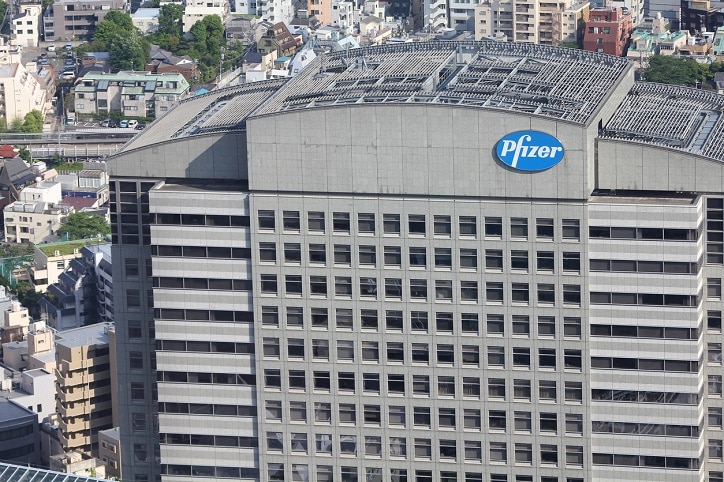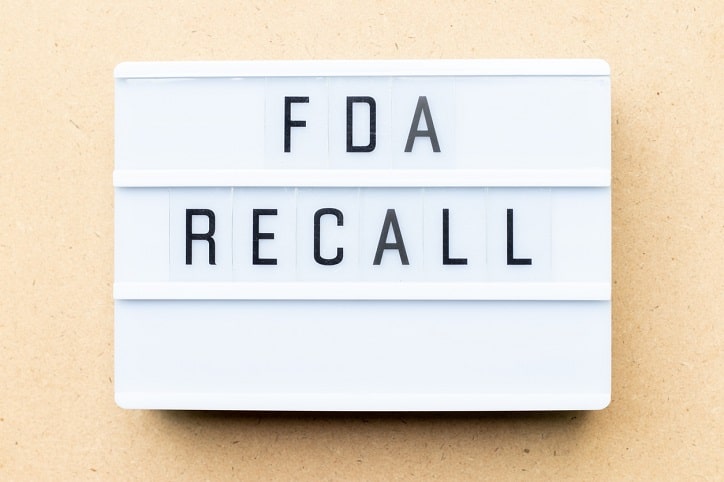Another Day, Another Supply Chain Resilience Legislative Proposal
It is now not a question of if but when governments regulate for supply chain resilience. How it’s consistent with tariffs and trade wars is unclear, but one thing is: When it comes, technology will be key to compliance.
Can you legislate supply chain resilience? The US Senate seems to want to find out.
As Trump’s tariffs and rhetoric wreak havoc for supply chain planners, including across pharma supply chains, the US Senate has reintroduced the Promoting Resilient Supply Chains Act, which passed the House of Representatives in May 2024, some months before Trump’s election in November.
Now, as then, the act would oblige the Department of Commerce to promote resilient critical supply chains and “identify, prepare for, and respond to supply chain shocks” to critical industries, critical supply chains, and critical and emerging technologies.
Other duties include assessing the resilience, diversity and strength of critical supply chains and supporting the availability of critical goods from domestic manufacturers.
“From our aerospace manufacturers to our growers, Washington state relies on robust supply chains to produce, grow and ship our products to the world,” said the state’s senator Maria Cantwell, one of the bill’s proponents.
“One supply chain shock can disrupt the entire system, driving shortages and raising costs. Our legislation will get the government, businesses and manufacturers working together to identify gaps and build capacity to prevent supply chain disruptions before they happen.”
Within three months of the act’s passing, the Department of Commerce Assistant Secretary would be required to establish a Supply Chain Resilience Working Group of federal agencies. Within a year, working with the group, it would have, among other things, assessed, mapped and modelled critical supply chains; identified high-priority gaps, vulnerabilities and potential supply chain shocks; identified opportunities to address these vulnerabilities and better respond to supply chain shocks.
Facing both ways? Supply chains and tariffs
The bill enjoys bipartisan support, being put forward to Cantwell with another Democrat, Lisa Blunt Rochester, the senator for Delaware, and a Republican, Tennessee senator Marsha Blackburn.
To some extent, at least, it is not wholly at odds with the President’s policies. Part of resilience, the bill recognises, is bolstering onshore and near-shore critical supplies. The working group’s purpose is partly to “support the availability of critical goods from domestic manufacturers”.
As the Senate Committee’s press release noted, “The US is heavily reliant on single countries for critical supply chain segments, including manufacturing components, critical minerals, and active pharmaceutical ingredients. This concentration poses a significant risk of disruption.”
The Republican senator sponsoring the bill, Blackburn, was more forthright. “To achieve a strong, resilient, supply chain, we must have a coordinated, national strategy that decreases dependence on our adversaries, like Communist China, and leverages American ingenuity,” she said.
Her Democrat colleague Cantwell, too, said the bill would “strengthen American manufacturing jobs, keep our store shelves stocked and lower costs for American families”.
Little of this is out of line with the stated intentions, at least, of the President’s trade wars.
The reality of retaliatory tariffs, however, may well fail to deliver those intentions. Blackburn was keen to see an end to the trade war with China during Trump’s first term. She has also previously criticised the executive for failing to consult with Congress on trade policy and highlighted the impact of tariffs on her home state.
This February, however, she praised Trump for doing a “fantastic job”.
“We know that there will be some tariffs,” she said. “The expectation is that the American people are not going to see increases in prices. What they will see is inflation come down. We are hopeful that they are also going to see wage growth and a more vibrant economy.”
The public-private partnership for supply chain resilience
How successful the Senate bill would be in promoting resilient supply chains amid ongoing battles over trade is uncertain. As one asset manager notes, “Trump 2.0 will drive the global supply chain realignment.”
On the other hand, it says, the worst case scenario of a global trade war remains highly unlikely. Many countries and companies most affected have already made changes to their supply chains during previous skirmishes.
Moreover, whether the bill will even progress and make it into law remains to be seen. But three things do seem increasingly clear.
The first is that, as we’ve noted before, supply chain legislation for critical industries is coming. It’s an idea that just doesn’t go away. Whether it’s the MAPS Act, the previous UK government’s supply chain strategy or TCFD and climate change risks governments around the world are increasingly moving to a more active role in ensuring the resilience of critical supplies.
At the same time, the other thing that is clear is that this will not be the responsibility of governments alone. Under the current bill, as with MAPS, there are obvious obligations, both explicit and implicit, on businesses to contribute to building that resilience. Consulting with industry is among the duties the bill adds to the Assistant Secretary’s responsibilities, for example. More fundamentally, mapping supply chains, identifying vulnerabilities and defining and implementing appropriate mitigations all require significant involvement from the businesses involved.
To put it plainly, the only way the state can get the information and insights it needs to build resilience in critical supply chains is if the businesses in those supply chains have them themselves.
A critical role for supply chain technology
This leads to the third implication that is increasingly clear: Technology will play an important role in achieving the visibility of supply chains required for regulatory compliance and, ultimately, any realistic efforts to improve resilience.
Again, this is recognised in part explicitly in the bill. The Assistant Secretary, “not later than 1 year after the date of the enactment” of the act would be required to identify and describe “necessary tools, including commercially available risk assessment tools, that leverage data and industry expertise to provide insights into critical supply chain vulnerabilities”.
Within 18 months, the Assistant Secretary is to identify technologies “critical to addressing preparedness, weaknesses, and vulnerabilities relating to critical supply chains”.
Even if the role of technology was not called out in the bill, however, it’s hard to see how the aims of the act could hope to be realised without it. Modern supply chains’ complexities, interdependencies and mutability more or less mandate technological solutions. Even if manual approaches to mapping supply chains were effective, they cannot hope to be efficient. Once we add requirements to report to governments or regulators, they become entirely unrealistic.
The benefits of supply chain risk management tools like SCAIR®, which enable businesses to map their supply chains, identify critical dependencies and concentrations of risk, and calculate the value at risk, will only grow. If or, more realistically, when we finally see legal reporting requirements, those with suitable solutions will be able to rapidly generate and provide the information regulators demand.
But the ease of regulatory compliance and reporting, technology enables will always just be a perk of supply chain technology. The key benefits it brings to business, and the competitive advantage it can confer, can already be realised, and is what such regulation ultimately seeks to achieve: More resilient, efficient, flexible and adaptive supply chains that enable businesses to survive shocks and thrive in an unpredictable world. That is something businesses should want for themselves – regardless of what governments demand.



